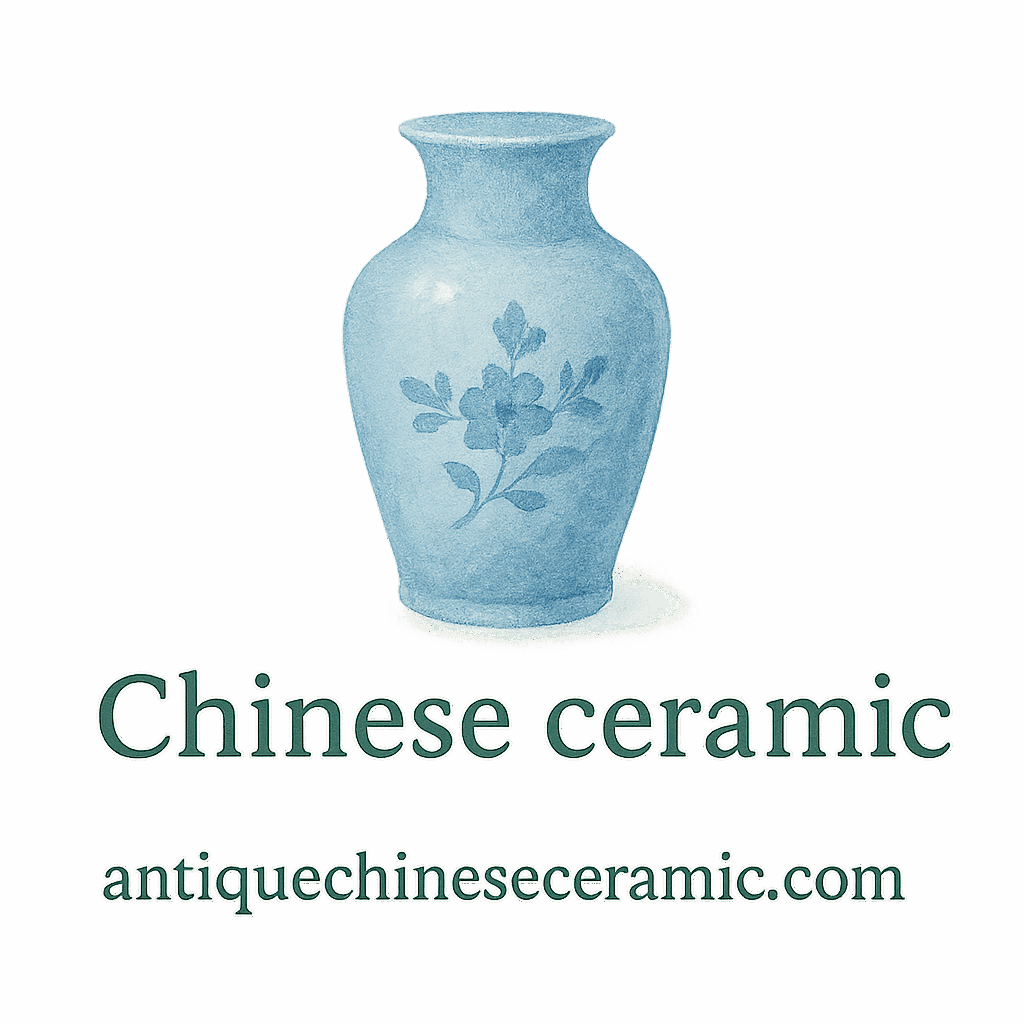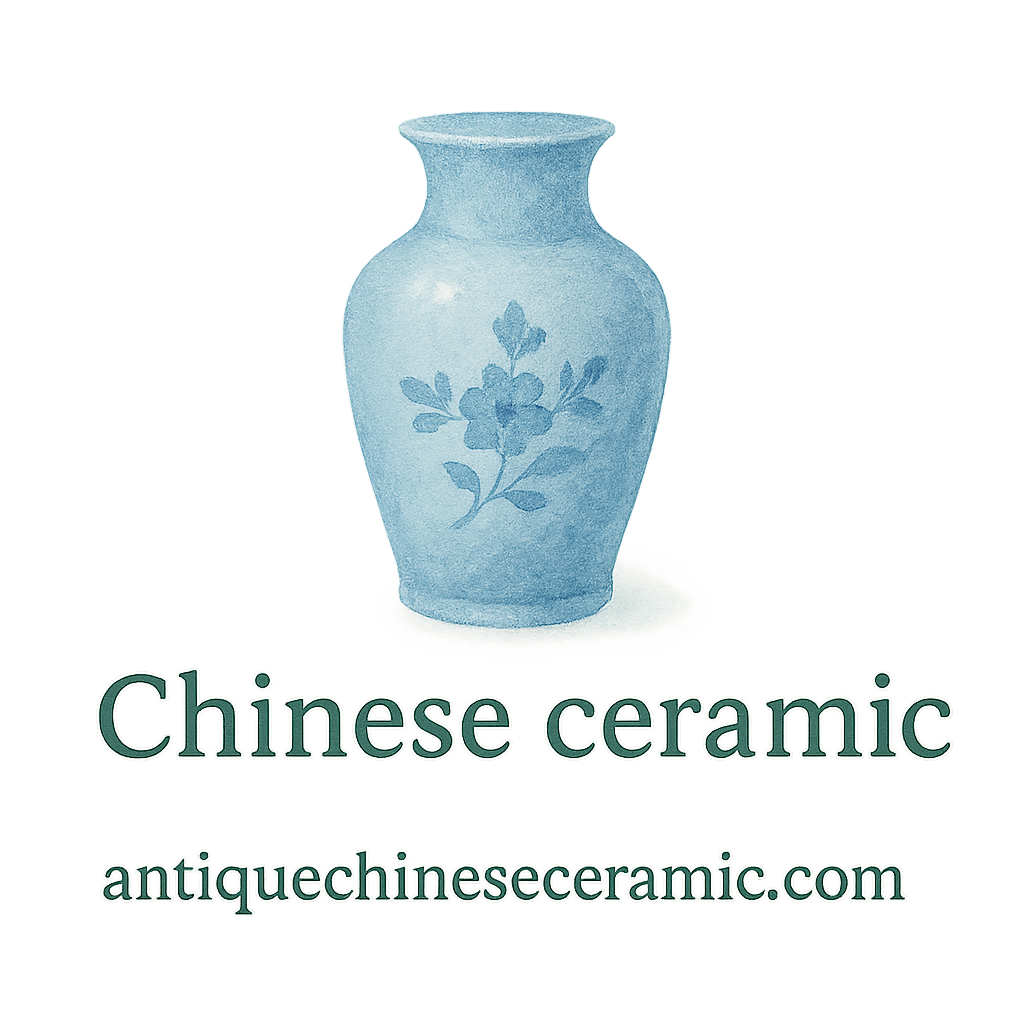Introduction
When people think of antique Chinese ceramics, they often envision imperial Ming vases or highly decorative Qing porcelain. But what about the lesser-known treasures? There’s a whole world of underrated antique Chinese ceramics out there that might be quietly gathering dust—but could be worth a fortune. Let’s uncover these hidden gems and explore why they deserve a place in your collection.
Why Some Chinese Ceramics Go Unnoticed
Not Just Ming and Qing
The Chinese ceramic timeline spans thousands of years and dozens of dynasties. While imperial ware from the Ming and Qing dynasties often steals the spotlight, many remarkable styles from earlier (and even later) periods get overlooked simply because they’re not “famous.”
Explore the timeline of Chinese ceramic dynasties to see just how deep the heritage runs.
Factors That Influence Ceramic Value
- Age is just one factor.
- Rarity, condition, glaze type, craftsmanship, and even inscriptions matter.
- Provenance and historical relevance can drastically influence appraisal.
For deeper insight into what determines value, visit the valuation guide.
1. Song Dynasty Cizhou Ware
Bold Black-and-White Beauty
Cizhou ware features bold brushwork on white slip, often showcasing floral or calligraphic designs. It was functional but stylish.
Value Potential and Demand
Due to its rustic charm and powerful brushwork, Cizhou pieces are becoming popular among modern collectors—especially those seeking authentic, story-rich antiques.
Visit the identification page for more insights on spotting Cizhou ware.
2. Qing Dynasty Famille Rose with Unusual Motifs
Storytelling Through Porcelain
While famille rose is widely collected, unusual scenes—such as theatrical narratives or folk tales—add a unique layer of interest.
Modern Collector Appeal
The market is shifting toward storytelling in ceramics. These unique famille rose pieces combine visual appeal and cultural richness.
You can explore more pieces by browsing through the Chinese tag section.
3. Yuan Dynasty Blue-and-White Miniature Vases
Small but Significant
Most people look for large pieces, but Yuan miniatures are detailed, refined, and extremely rare.
Rarity Adds Value
Their petite size doesn’t reduce their worth—in fact, it enhances it. They’re rare survivors of the Mongol era.
Check out the auction guide to see how miniatures perform.

4. Tang Dynasty Sancai Figures
Tri-Color Glazing Wonders
Sancai (“three colors”) figurines—especially horses and guardians—are vivid, expressive, and totally unique.
Market Trends and Interest
Tang sancai pieces are enjoying a renaissance in global auctions, especially with increasing interest from younger collectors.
Learn more about Tang artifacts in the history section.
5. Ming Dynasty Provincial Kiln Bowls
Rustic Charm of the Everyday
These aren’t your typical high-gloss imperial wares. They’re simpler, earthy, and handmade.
Collectors’ Secret Favorites
Provincial bowls tell stories of everyday life and are budget-friendly entry points for new collectors.
Explore more about collecting strategies.
6. Republic Period Porcelain with Calligraphy
Cultural Narrative in Clay
Produced between 1912 and 1949, these pieces feature delicate script and poetic inscriptions.
Increasing Historical Significance
Republic porcelain offers a modern twist on tradition and is becoming more respected in scholarly circles.
Browse Republic-style pieces under the heritage tag.
7. Han Dynasty Funerary Pottery
Silent Testaments of the Afterlife
Often unglazed and modest, these pottery pieces were buried with the dead as spiritual companions.
Why They’re Often Overlooked
Because they look plain, many don’t realize their archaeological importance—and rising value.
Search for these pieces using the appraisal tag.
8. Yixing Zisha Teapots
Utility Meets Artistic Craft
Yixing clay teapots from Jiangsu province are beloved in tea culture for their natural look and brewing magic.
Hidden Gems in Plain Sight
Authentic antique Zisha teapots fetch high prices, especially if signed by famous artisans.
Check care and preservation tips before cleaning these delicate pots.
9. Early Qing Crackle-Glaze Pieces
Age Lines That Speak of History
Crackle glaze was once seen as a flaw—but now it’s admired for its character and uniqueness.
Evaluating Authenticity
Look for depth in the cracks and natural discoloration. Crackle patterning can even help with dating.
Use our identification guide for spotting real from reproduction.
10. Transitional Period Porcelain
Between Ming and Qing
This short but exciting period (mid-1600s) saw bold experimentation with designs.
Appeal to Specialized Collectors
If you’re into rare transitions, this period is gold. Few know about it, and that’s your advantage.
Check out methods of ceramic production used during this era.
11. Celadon Pieces from Longquan Kiln
Graceful Green Tones
These subtle green-glazed pieces are calming and elegant—almost meditative.
Rediscovery and Rising Demand
Their simple beauty is making a comeback in modern minimalistic interiors.
Browse the surface glaze tag for celadon insights.
12. Export Porcelain with Local Twist
Made for Others, Desired by All
From the 16th to 19th centuries, China produced wares for export markets—often featuring European coats of arms or scenes.
Cross-Cultural Collectibles
Collectors today love the cultural blend. These are now considered historical bridges between East and West.
Learn more about these from the collecting tag.
How to Spot Valuable Yet Underrated Ceramics
Marks, Motifs, and Materials
Always inspect the base for kiln marks or reign stamps. Unique glazes or brushwork also add value.
Consult Experts and Appraisers
Use professional help and online resources like our appraisal section to evaluate.
Preserving and Caring for Your Finds
Safe Storage and Cleaning
Use acid-free materials and avoid harsh chemicals. Learn how to clean ceramics safely.
Restoration Tips
Some wear is okay. Over-restoring can reduce value. For tips, visit our care guide.
Conclusion
So, the next time you’re scrolling through an auction or wandering a flea market, remember—value isn’t always where the spotlight is. These underrated antique Chinese ceramics may not be household names, but they pack deep history, unique beauty, and rising investment potential.
To explore more about Chinese ceramics and build a savvy collection, check out AntiqueChineseCeramic.com for expert tips and deeper dives into valuation, care, and identification.
FAQs
1. How do I know if a ceramic is truly antique?
Look for kiln marks, glaze cracks, patina, and brushwork. You can also use the identification tools on our site.
2. Are all antique Chinese ceramics expensive?
Not at all! Many underrated pieces are affordable and gaining value.
3. Where can I get a ceramic appraised?
Use trusted experts or start with our valuation section.
4. Is it safe to clean antique ceramics at home?
Only with extreme care. For guidance, visit the care and preservation page.
5. What makes a ceramic “underrated”?
It means it’s overlooked in the market despite having strong cultural, artistic, or historical value.
6. What is the best period to collect from?
That depends on your interest—Ming, Qing, Song, or even Republic each offer different opportunities.
7. How should I store my collection?
Keep it dry, padded, and out of direct sunlight. Review our full storage tips for best practices.


